Description
USS Valley Forge CVS-45 Patch
Aviators and Sailors! Enjoy this beautifully embroidered patch of USS VALLEY FORGE CVS-45 Patch. You’ll love displaying or wearing it on a flight suit or jacket!
- 3.7″W x 4.2″H patch
- Embroidered
- Sew On
- US Naval Aviator Owned Business
- Reproduction
USS Valley Forge (CV/CVA/CVS-45, LPH-8) was one of 24 Essex-class aircraft carriers built during and shortly after World War II for the United States Navy. The ship was the first US Navy ship to bear the name, and was named after Valley Forge, the 1777–1778 winter encampment of General George Washington’s Continental Army. Valley Forge was commissioned in November 1946, too late to serve in World War II, but saw extensive service in the Korean War and the Vietnam War. She was reclassified in the early 1950s as an attack carrier (CVA), then to an antisubmarine carrier (CVS), and finally to an amphibious assault ship (LPH), carrying helicopters and Marines. As a CVS she served in the Atlantic and Caribbean. She was the prime recovery vessel for an early unmanned Mercury space mission. After conversion to an LPH she served extensively in the Vietnam War. Valley Forge was awarded eight battle stars for Korean War service and nine for Vietnam War service, as well as three Navy Unit Commendations.
Although she was extensively modified internally as part of her conversion to an amphibious assault ship, external modifications were minor, so throughout her career Valley Forge retained the classic appearance of a World War II Essex-class ship. She was decommissioned in 1970, and sold for scrap in 1971.
Construction and Commissioning
The citizens of the Philadelphia Area in 1945 bought over $76,000,000 worth of E Bonds during the Seventh War Loan Drive to pay for Valley Forge—equal to $1,079 million today. School children of Philadelphia sold $7,769,351 of these bonds (equivalent to $110,336,273 in 2019).[1]
The ship was one of the “long-hull” Essex-class, laid down on 7 September 1944 at the Philadelphia Naval Shipyard[citation needed]. Like all long-hull Essex-class ships, she was 888 feet (271 m) long overall and 820 feet (250 m) at the waterline. Her beam was 147 feet 6 inches (44.96 m) at the extreme and 93 feet (28 m) at the waterline. Her draft was 28 feet 7 inches (8.71 m) at standard load and 30 feet 10 inches (9.40 m) full load. As designed, her displacement was 27,500 long tons (27,900 t) standard and 33,400 long tons (33,900 t) full load.[2]
For propulsion, the ships in her class had eight Babcock & Wilcox boilers producing steam at 565 psi (3,900 kPa) and 850 °F (454 °C) delivering 150,000 shaft horsepower [shp] (110,000 kW). She used four geared turbines connected to four 14-foot-7-inch (4.45 m) diameter propellers.[1] She was design for a maximum speed of 33 knots (61 km/h; 38 mph) and a range of 15,440 nautical miles (28,590 km; 17,770 mi) at 15 knots (28 km/h; 17 mph). During sea trials, her engines produced 154,000 shp (115,000 kW) and she attained 32.93 knots (60.99 km/h; 37.90 mph). She carried 6,300 long tons (6,400 t) of fuel oil and 231,650 US gallons (876,900 l) of aviation gasoline.
For armament, she was originally equipped with a battery of twelve 5-inch (130 mm)/38 caliber guns, eight mounts of four 40-mm Bofors guns and 46 20-mm Oerlikon cannon. She was protected by 1.5 inches (38 mm) of armor on the hangar and protective decks while her belt armor was 2.5 to 4 inches (64–102 mm) thick. Protective bulkheads had 4 inches (100 mm) of armor. The conning tower had 1.5 inches (38 mm) of Special Treatment Steel (STS) on the top and there was 1 inch (25 mm) of STS on the sides of the pilot house. The steering gear had a 2.5 inches (64 mm) deck.
Her flight deck was 862 by 108 feet (263 m × 33 m) and her hangar deck was 654 by 79 feet (199 m × 24 m) by 17 feet 6 inches (5.33 m) high. She was equipped with two elevators, each 48 by 44 feet (15 m × 13 m) with a capacity of 28,000 pounds (13,000 kg), two flight deck aircraft catapults, and the Mark IV arresting gear. She was designed to carry 36 fighter aircraft, 36 dive bombers, and 18 torpedo bombers but this changed through her career as her mission and naval aircraft changed. Her design complement was 268 officers and 2363 men.[2] By the end of the war, the Essex-class carriers had a complement of 3385 officers and men.[3]
Being one of the youngest Essex-class carriers, Valley Forge did not receive the SCB-27 or SCB-125 modifications that her older sisters received. She maintained the World War II-style straight flight deck throughout her life. Her armament was changed in 1954 with her conversion to an antisubmarine carrier CVS-45. Her 20 mm Oerlikon cannon were removed and she carried the original twelve 5-inch (130 mm)/38 caliber guns and a total of 72 40 mm Bofors guns.
She was launched on 18 November 1945[citation needed], sponsored by Mrs. Mildred Vandegrift (née Strode), wife of Alexander A. Vandegrift the Commandant of the Marine Corps. Valley Forge was commissioned on 3 November 1946, with Captain John W. Harris in command.[4]
As a commissioning gift, the Commonwealth of Pennsylvania presented Valley Forge with the finest State Silver Service ever presented to the Navy. The service was designed and made by Philadelphia silversmiths in 1904 and was originally placed aboard USS Pennsylvania. The elaborate service was decorated in tradition with Neptune, sea horses and dolphins as well as historic scenes and personalities and a State seal.
Enjoy this USS Valley Forge CVS-45 Patch
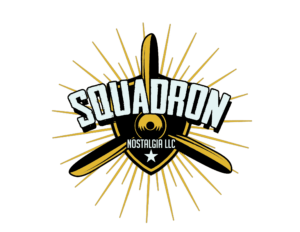
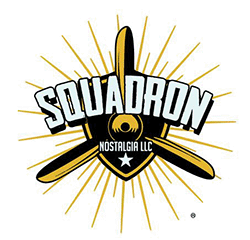
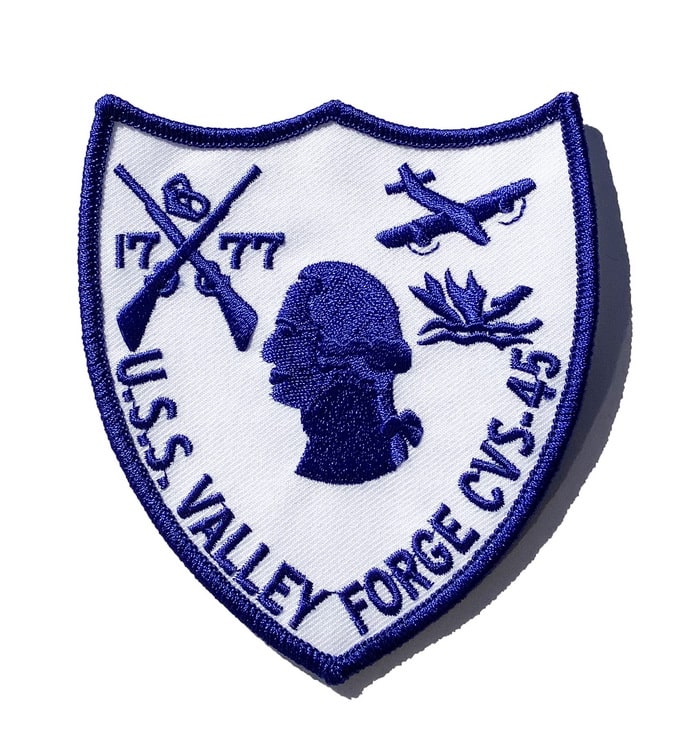
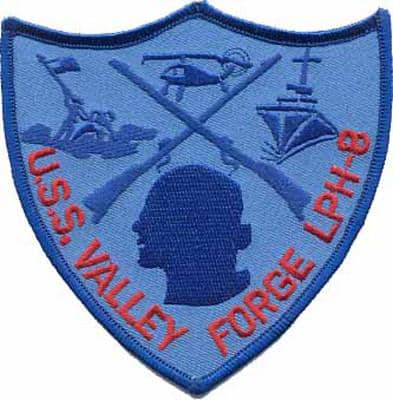
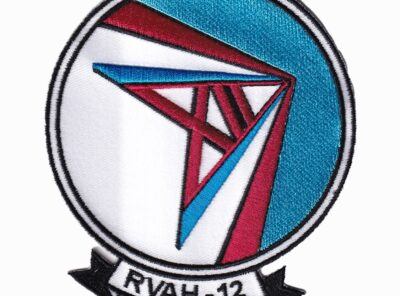
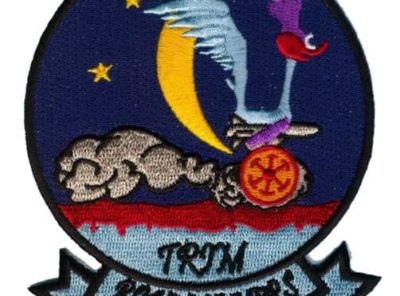
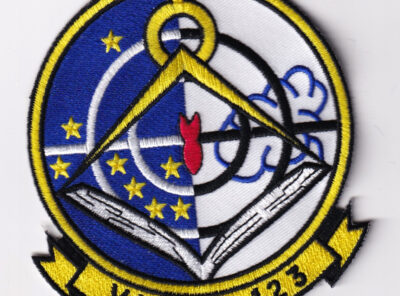
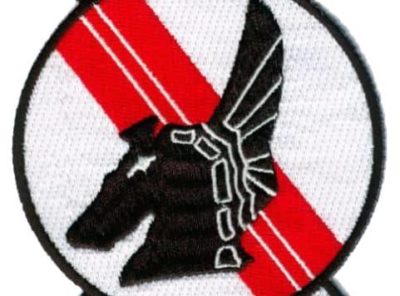
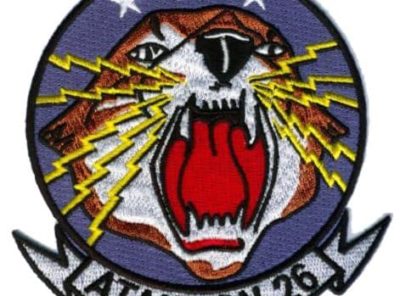
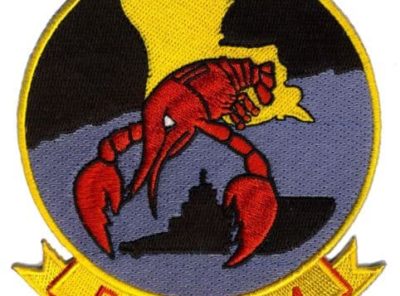
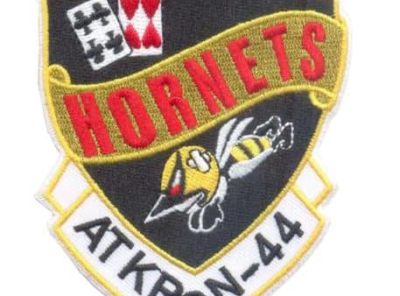

Reviews
There are no reviews yet.